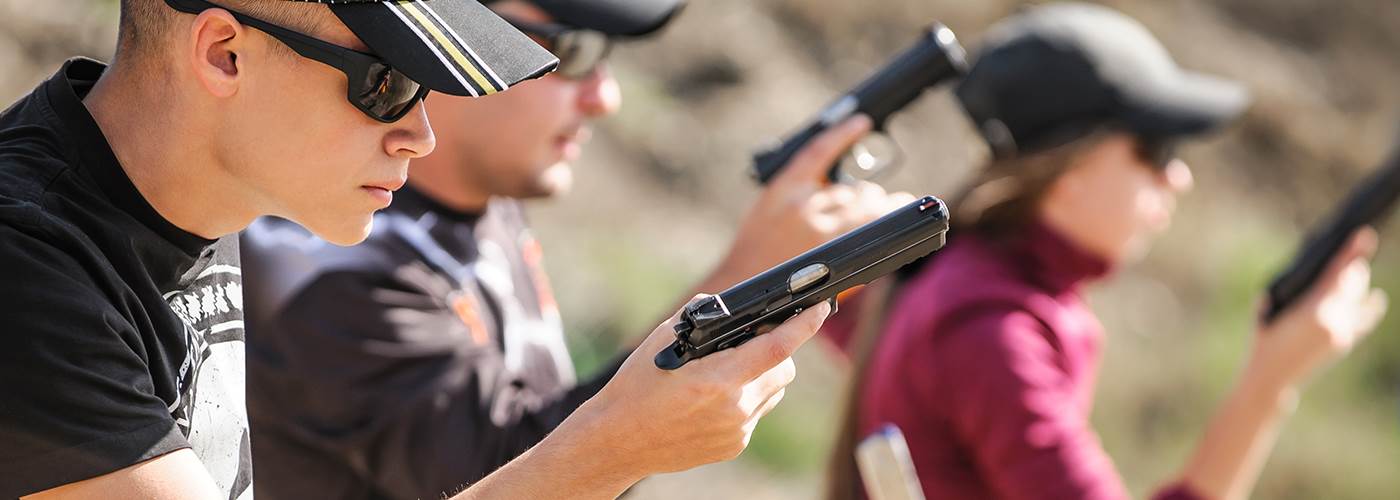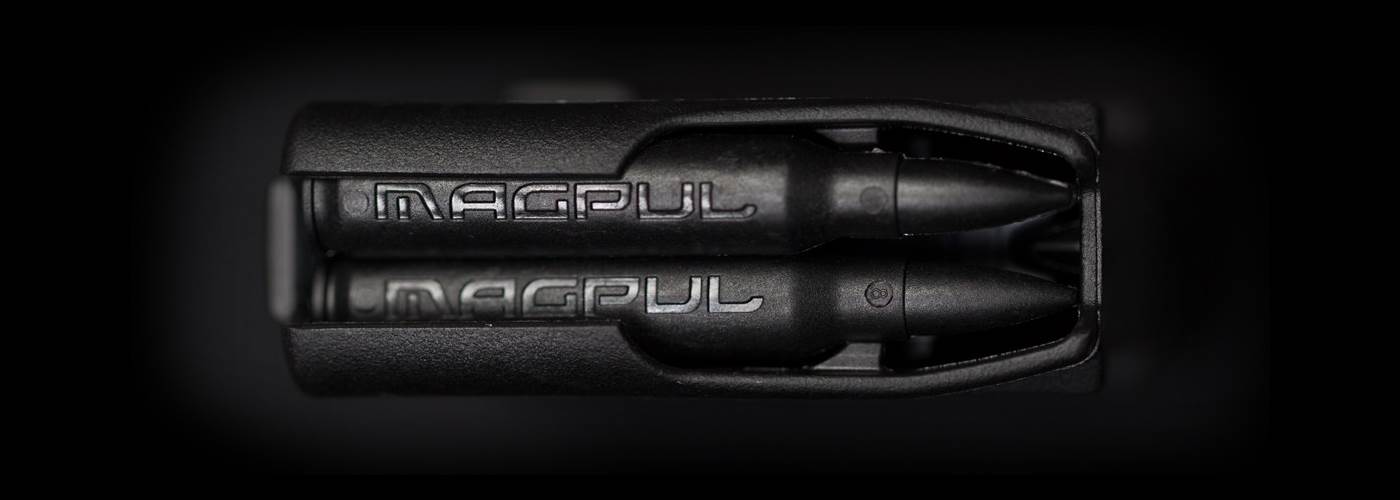
For folks stepping into the gun community, squeezing the trigger on an empty chamber can feel like a recipe for damaging a good piece. Yet, what we call "dry firing" has stirred up its fair share of campfire debates and old-timer tales in shooting circles. Let's dive into the details and determine once and for all if it is bad to dry fire a gun.
What is Dry Firing?
Dry firing, in its simplest form, pulls the trigger on an unloaded firearm. No bullet, no bang—just the click of the hammer or striker dropping.
Back in the day, there was a saying among shooters: "Either let it bang or let it be." The reason? The belief is that dry firing would harm your firearm.
See, way back when, firing pins were a bit on the softer side. Older pistols and rifles weren't always up to the task of repeated striker drops without an actual round in place. The prevailing thought was: no bullet in the chamber? You're asking for a busted pin if you squeeze that trigger.
However, like sands through the hourglass, times and firearms have evolved, and modern metallurgy and firearm advancements mean the old myth no longer holds water. It’s time to delve deep and separate fact from fiction.
Common Reasons to Dry Fire Your Gun
Training: For those seeking to improve their marksmanship, dry firing is a cost-effective practice method. It provides an avenue to refine essential shooting elements like sight alignment and trigger discipline sans the ammo cost or range fee.
Testing Equipment: After adjusting or modifying a firearm, dry firing can help ensure that everything is functioning correctly.
Safety Check: Before cleaning or storing a firearm, many shooters perform a dry fire as a final safety measure to confirm the gun is indeed unloaded.
Centerfire vs. Rimfire Guns: What's the Difference?
When it comes to dry firing, the distinction between centerfire and rimfire guns is paramount:
Centerfire Guns: These guns have their primer (the spark plug for the bullet's gunpowder) centralized at the cartridge's base. Most modern centerfire guns are designed to handle dry firing without issue. These include many of the commonly used handguns and rifles.
Rimfire Guns: In these firearms, the primer is contained in the rim of the cartridge base. The .22 caliber is the most common example of a rimfire gun. Dry firing on many rimfire models can result in the firing pin striking the chamber edge, leading to damage over time.
Maximizing Dry Firing While Minimizing Risk
Even though dry firing is generally safe for modern centerfire guns, it’s still a good practice to ensure that it doesn't lead to unnecessary wear and tear:
Use Snap Caps: These are dummy rounds that give the firing pin something to strike against, absorbing the energy and preventing potential damage. They're available for both centerfire and rimfire guns.
Check the Manual: Before dry-firing a new firearm, always consult the owner's manual. Manufacturers often provide guidance on whether their guns can be safely dry-fired.
Inspect Regularly: Inspect the firing pin and other related components every so often for signs of excessive wear or potential damage.
Final Thoughts
When executed with knowledge, dry firing can be a harmless and indispensable tool for the discerning shooter. It's generally a non-issue for modern centerfire guns but always use caution with rimfire weapons. With aids like snap caps and a vigilant eye on your firearm's well-being, there's no need to compromise your gun's lifespan for your training regimen. Remember that every firearm is an individual masterpiece; hence, always stay updated, practice with caution, and never cease refining your skill.
